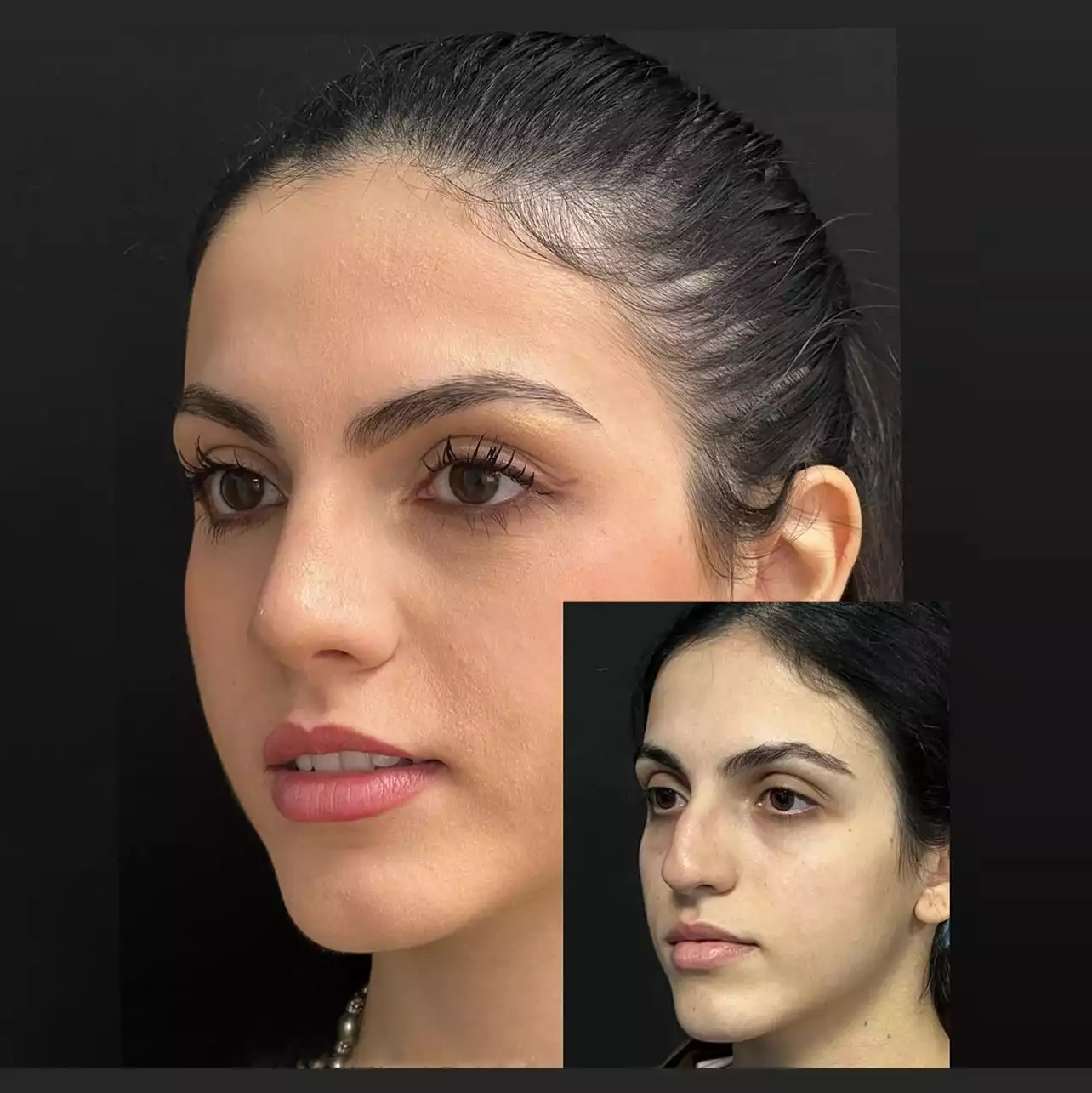
A deviated septum can cause significant breathing difficulties and affect the overall appearance of the nose. For patients seeking Rhinoplasty in Islamabad, combining cosmetic enhancement with functional correction is a common approach. Septal deviation is not only a medical concern but can also impact facial harmony, making rhinoplasty a dual-purpose solution for many patients.
This blog explores the considerations, benefits, and techniques involved in rhinoplasty for patients with a deviated septum, helping individuals make informed decisions about both aesthetic and functional improvements.
Understanding a Deviated Septum
The nasal septum is the cartilage and bone structure that separates the two nostrils. A deviation occurs when this structure is displaced to one side, leading to:
-
Difficulty breathing through one or both nostrils
-
Chronic nasal congestion
-
Increased risk of sinus infections
-
Nosebleeds or dryness
-
Visible asymmetry in the nose
For patients with a deviated septum, rhinoplasty can address both the functional obstruction and aesthetic concerns simultaneously, creating a balanced and harmonious appearance.
Why Combine Rhinoplasty and Septoplasty
Rhinoplasty alone focuses primarily on reshaping the nose for cosmetic purposes. Septoplasty corrects structural deviations in the septum to improve airflow. Combining the two procedures, often referred to as septorhinoplasty, offers several advantages:
1. Improved Breathing
Correcting the septum allows for unobstructed airflow, reducing nasal congestion and enhancing quality of life.
2. Enhanced Facial Symmetry
Many septum deviations cause visible asymmetry in the nose. Rhinoplasty can refine the shape while straightening the septum, producing both functional and aesthetic benefits.
3. Single Recovery Period
Combining procedures minimizes downtime compared to undergoing separate surgeries, making it a practical option for patients seeking comprehensive results.
4. Long-Term Satisfaction
Addressing both structure and appearance ensures patients are satisfied with the overall outcome, reducing the likelihood of needing revision surgery.
Pre-Surgical Considerations
Before undergoing rhinoplasty for a deviated septum, surgeons evaluate several key factors:
1. Extent of Septal Deviation
Imaging and physical examination determine the severity of deviation and whether additional support or grafting is necessary.
2. Nasal Function and Breathing Assessment
Functional testing may be performed to assess airflow obstruction and identify areas requiring correction.
3. Aesthetic Goals
Surgeons discuss desired nasal shape and proportion to ensure the rhinoplasty complements the patient’s facial features while correcting structural issues.
4. Health and Medical History
Patients with chronic sinus issues, allergies, or previous nasal surgeries are carefully evaluated to reduce surgical risks.
Surgical Techniques for Deviated Septum
Addressing a deviated septum during rhinoplasty requires precise surgical techniques:
1. Septoplasty
-
The septum is repositioned or trimmed to straighten the airway.
-
Excess cartilage may be removed, and supportive grafts may be placed to maintain stability.
2. Rhinoplasty Adjustments
-
Cosmetic reshaping is performed in conjunction with septal correction.
-
The nasal bridge, tip, and overall proportions are refined to achieve symmetry and aesthetic balance.
3. Grafting Techniques
-
Cartilage grafts are often used to reinforce the nasal structure and prevent collapse.
-
Grafts also support tip projection and maintain shape during healing.
4. Open vs. Closed Approach
-
Open rhinoplasty allows direct visualization of the septum and nasal framework, often preferred for complex deviations.
-
Closed techniques may be suitable for minor adjustments but are less common in severe septal deviations.
Recovery Considerations
Post-operative care is essential for optimal healing and long-term results:
1. Swelling and Bruising
-
Swelling is common around the nose and eyes and may persist for several weeks.
-
Thick dressings or splints are usually applied to stabilize the nose and protect healing tissues.
2. Breathing Improvements
-
Patients often notice immediate improvement in nasal airflow once splints are removed.
-
Full functional benefits may take several weeks as internal tissues heal.
3. Activity Restrictions
-
Avoiding strenuous activities, contact sports, or bending over is essential during the initial recovery period.
4. Follow-Up Appointments
-
Regular check-ups allow surgeons to monitor septal alignment and overall healing, addressing any concerns promptly.
Benefits of Rhinoplasty for Deviated Septum Patients
Patients who undergo septorhinoplasty experience both functional and aesthetic benefits:
-
Enhanced breathing: Corrected septum allows better airflow and reduced congestion.
-
Improved appearance: Nose shape is balanced and proportional to the face.
-
Boosted confidence: Aesthetic improvements often enhance self-esteem.
-
Comprehensive solution: Combining functional and cosmetic corrections minimizes future procedures.
Risks and Considerations
While septorhinoplasty is generally safe, patients should be aware of potential risks:
-
Residual deviation: Minor asymmetry may persist if structural limitations exist.
-
Prolonged swelling: Particularly around the nasal tip and bridge.
-
Infection or bleeding: Standard surgical risks, managed with proper care.
-
Revision surgery: Rarely, additional procedures may be needed to refine appearance or improve function.
Choosing an experienced surgeon with a strong track record in functional and cosmetic rhinoplasty reduces these risks significantly.
Surgeon’s Perspective
Experienced surgeons emphasize the importance of a holistic approach to rhinoplasty in patients with a deviated septum:
-
Prioritize nasal function while achieving cosmetic goals
-
Customize surgical plans based on severity of deviation, nasal anatomy, and aesthetic preferences
-
Provide clear guidance on recovery, risks, and expected outcomes
In Islamabad, specialized clinics offer expert care that addresses both the medical and cosmetic aspects of septorhinoplasty, ensuring safe and satisfying results.
Conclusion
Rhinoplasty for patients with a deviated septum combines functional correction with aesthetic enhancement, offering a comprehensive solution for both breathing difficulties and nasal asymmetry. With careful planning, precise surgical techniques, and dedicated post-operative care, patients can achieve improved nasal function, facial harmony, and long-lasting satisfaction.
For expert Rhinoplasty in Islamabad tailored to patients with septal deviations, the team at Dynamic Clinic provides advanced surgical techniques, personalized consultations, and attentive follow-up care to ensure safe, effective, and natural-looking results.







